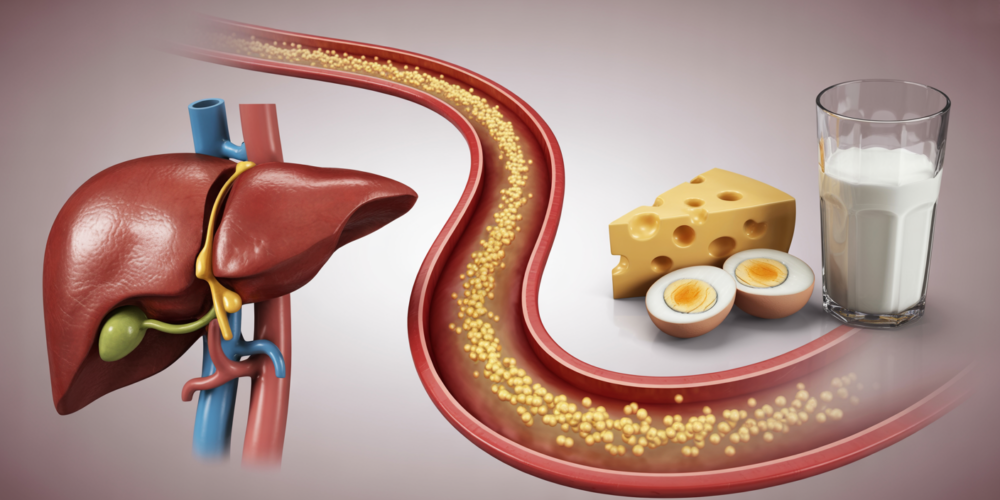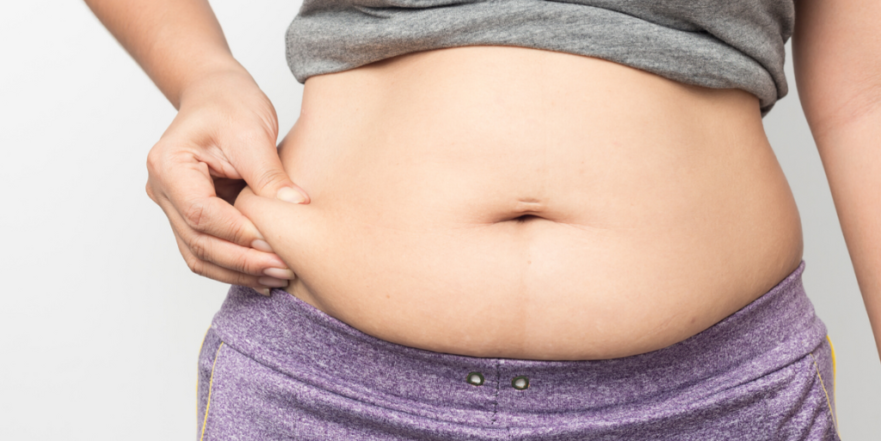
Have you recently found out your triglycerides are high? You might be wondering what triglycerides even are, or perhaps you’ve heard they’re worse for you than high cholesterol. Well, today we’re going to clear all that up and give you seven tips to get those numbers down, without needing medication in most cases. Stick around, because by your next blood test, you could see a big difference! (This article draws upon the insights of Dr. André Wambier.)
What Exactly Are Triglycerides?

Triglycerides, or triglycerids as they’re sometimes called, are a type of fat found in your blood. In fact, they’re the most common type of fat in your body. When you eat, your body turns any calories it doesn’t need right away into triglycerides. These are then stored in your fat cells. Later, when your body needs energy, hormones release these stored triglycerides. The problem starts when there’s an imbalance – you eat too much, especially foods high in refined carbohydrates, fried items, and unhealthy fats, and you don’t burn enough calories through activity. This leads to high triglyceride levels.
Key Takeaways:
- Triglycerides are a type of fat in your blood, the most common type in your body.
- High levels are often caused by eating more calories than you burn, particularly from refined carbs and unhealthy fats.
- Normal levels are below 150 milligrams per deciliter.
- High triglycerides increase the risk of atherosclerosis, heart attack, and stroke.
- Extremely high levels can cause acute pancreatitis.
Triglyceride Levels and What They Mean
What are considered normal triglyceride levels? Ideally, they should be below 150 milligrams per deciliter. If your levels are above that, you might be heading for trouble.
Now, you might ask if triglycerides are different from cholesterol. Yes, they are! While both are fats in your blood, triglycerides are more directly linked to your calorie intake and diet, especially high-calorie diets with lots of refined carbohydrates. Cholesterol, on the other hand, is more influenced by genetics, with your liver playing a big role. While high LDL cholesterol (the “oxidized” kind) is definitely harmful to your arteries, high triglycerides also contribute to plaque buildup and hardening of the arteries, increasing your risk of heart attack and stroke. So, while they affect your arteries differently, both are bad news when elevated.
The Dangers of High Triglycerides

So, what can high triglycerides do to your body? Well, they can significantly increase your risk of atherosclerosis, which is the buildup of plaque in your arteries. This hardening of the arteries can lead to a heart attack or stroke. But it gets worse: if your triglyceride levels are extremely high, say above 400 or 500 milligrams per deciliter, they can also cause acute pancreatitis. This is a serious inflammation of your pancreas that, in some cases, can even be fatal.
Other Causes of Elevated Triglycerides
Besides diet and lack of exercise, several other factors can contribute to high triglycerides. These include:
- Obesity: Carrying extra weight is a major factor.
- Excessive Alcohol Consumption: Alcohol can significantly raise triglyceride levels.
- Certain Medications: Some drugs, like corticosteroids, certain acne medications (like isotretinoin), and some HIV medications, can increase triglycerides.
- Underlying Health Conditions: High triglycerides can also be a sign of other issues such as metabolic syndrome, pre-diabetes or diabetes, hypothyroidism (an underactive thyroid), kidney disease, and liver disease.
Seven Tips to Lower Your Triglycerides
Ready to take control? Making changes to your lifestyle can have a huge impact. Here are seven tips to help you get your triglyceride levels back into a healthy range:
- Lose Weight: If you’re carrying extra pounds, even losing 5 to 10 kilograms can make a big difference in your triglyceride levels. Losing weight often means you’ll move more, reduce fat in your liver, sleep better, and help balance that calorie intake versus expenditure.
- Reduce Refined Carbohydrates: Cut back on simple carbs like white bread, pasta, pizza, cakes, white rice, and potatoes. Your body processes these quickly, leading to blood sugar spikes and insulin release. Over time, this can contribute to obesity, fatty liver, insulin resistance, pre-diabetes, and diabetes.
- Choose Healthy Fats: Focus on good fats like olive oil, avocados, nuts, and fatty fish such as salmon, sardines, mackerel, and tuna, which are rich in omega-3 fatty acids. Also, limit unhealthy fats, especially fried foods, trans fats, and excessive saturated fats. While lean meats are good, try to limit fatty cuts like ribeye or brisket. Also, be mindful of full-fat dairy, ice cream, butter, and processed meats like bacon and sausage, which are high in saturated fat.
- Increase Fiber Intake: Fiber helps you feel full, reducing your overall food intake, and aids digestion. Both soluble and insoluble fiber are beneficial. Soluble fiber dissolves in water and can bind to fatty acids, potentially reducing triglyceride absorption. Insoluble fiber adds bulk to your stool and helps keep things moving smoothly. You can find fiber in fruits, vegetables, whole grains, chia seeds, and flaxseeds. Chia seeds, in particular, are great – try adding a couple of tablespoons to your yogurt or water.
- Avoid Alcohol: Alcohol is tough on triglycerides. It contains sugars and is calorie-dense. For some people, even small amounts of alcohol can significantly raise their triglyceride levels. It’s best to limit or avoid it altogether if you have high triglycerides.
- Watch Your Drinks: It’s not just alcohol. Sugary drinks like regular sodas, juice boxes, sweetened coffee or tea, and milkshakes can also contribute to high triglycerides because they provide excess glucose that your body converts into fat.
- Get Moving with Exercise: Don’t be sedentary! If your triglycerides are high, it’s a sign your body needs to burn more calories. Aim for at least 150 minutes of moderate-intensity physical activity per week. This could be brisk walking, cycling, or swimming. Even small changes, like taking the stairs instead of the elevator or walking an extra stop on your commute, can add up.
When Medication Might Be Needed
If you’ve made these lifestyle changes and your triglycerides are still high, your doctor might consider medication. Common options include fibrates (like fenofibrate or gemfibrozil), which are very effective at lowering triglycerides but shouldn’t be used by people with severe kidney or liver disease. Statins, primarily used for cholesterol, can also help lower triglycerides. Fish oil supplements (rich in omega-3s) and niacin (Vitamin B3) can also be helpful, but niacin can have side effects and interact with other medications, so it’s used more selectively.
Remember, you have the power to change your health through your habits and diet. If medication is prescribed, don’t be discouraged – take it as directed and continue with your healthy lifestyle changes.
Source: André Luís Wambier

